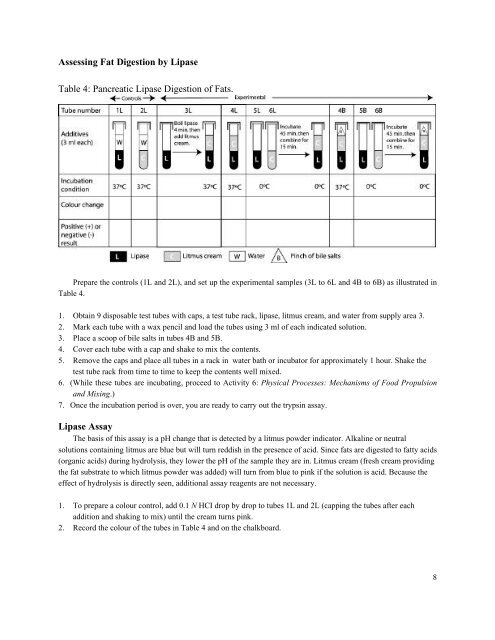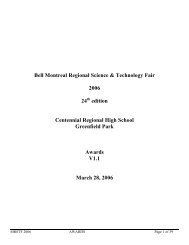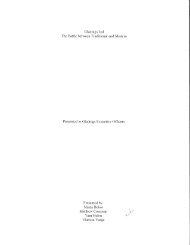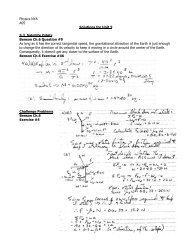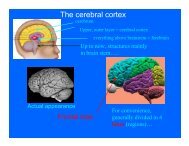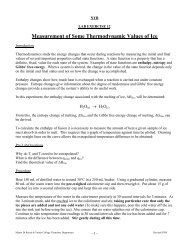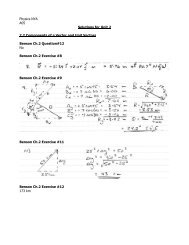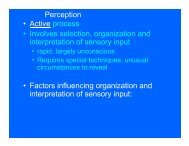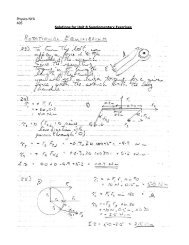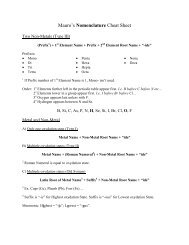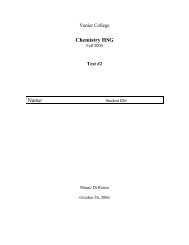CHEMICAL AND PHYSICAL PROCESSES OF DIGESTION
CHEMICAL AND PHYSICAL PROCESSES OF DIGESTION
CHEMICAL AND PHYSICAL PROCESSES OF DIGESTION
You also want an ePaper? Increase the reach of your titles
YUMPU automatically turns print PDFs into web optimized ePapers that Google loves.
Assessing Fat Digestion by Lipase<br />
Table 4: Pancreatic Lipase Digestion of Fats.<br />
Prepare the controls (1L and 2L), and set up the experimental samples (3L to 6L and 4B to 6B) as illustrated in<br />
Table 4.<br />
1. Obtain 9 disposable test tubes with caps, a test tube rack, lipase, litmus cream, and water from supply area 3.<br />
2. Mark each tube with a wax pencil and load the tubes using 3 ml of each indicated solution.<br />
3. Place a scoop of bile salts in tubes 4B and 5B.<br />
4. Cover each tube with a cap and shake to mix the contents.<br />
5. Remove the caps and place all tubes in a rack in water bath or incubator for approximately 1 hour. Shake the<br />
test tube rack from time to time to keep the contents well mixed.<br />
6. (While these tubes are incubating, proceed to Activity 6: Physical Processes: Mechanisms of Food Propulsion<br />
and Mixing.)<br />
7. Once the incubation period is over, you are ready to carry out the trypsin assay.<br />
Lipase Assay<br />
The basis of this assay is a pH change that is detected by a litmus powder indicator. Alkaline or neutral<br />
solutions containing litmus are blue but will turn reddish in the presence of acid. Since fats are digested to fatty acids<br />
(organic acids) during hydrolysis, they lower the pH of the sample they are in. Litmus cream (fresh cream providing<br />
the fat substrate to which litmus powder was added) will turn from blue to pink if the solution is acid. Because the<br />
effect of hydrolysis is directly seen, additional assay reagents are not necessary.<br />
1. To prepare a colour control, add 0.1 N HCI drop by drop to tubes 1L and 2L (capping the tubes after each<br />
addition and shaking to mix) until the cream turns pink.<br />
2. Record the colour of the tubes in Table 4 and on the chalkboard.<br />
8


